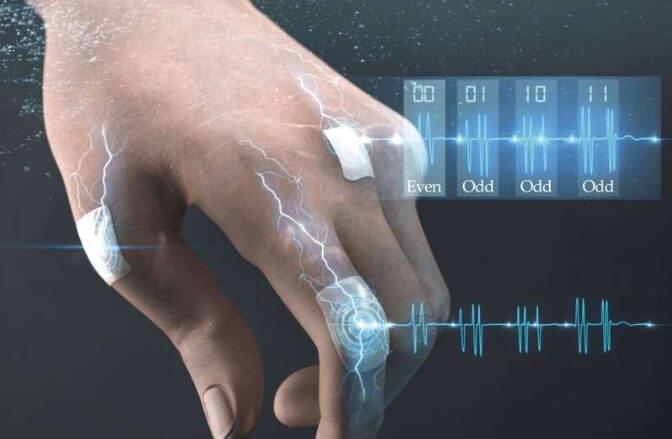DGIST research teams have developed a self-powered sensor that uses motion and pressure to generate electricity and light simultaneously. This battery-free technology is expected to be used in various real-life applications, such as disaster rescue, sports, and wearable devices.
Triboelectric nanogenerators (TENG) and mechanoluminescence (ML) have attracted attention as green energy technologies that can generate electricity and light, respectively, without external power. However, researchers in previous studies mainly focused on the two technologies separately or simply combined them. Moreover, the power output stability of TENG and the insufficient luminous duration of ML materials have been major limitations for practical applications.
The research team has developed a system that generates electricity and light simultaneously using motion and pressure. They added light-emitting zinc sulfide-copper (ZnS: Cu) particles to a rubber-like material (polydimethylsiloxane [PDMS]) and designed a single electrode structure based on silver nanowires to obtain high efficiency. The developed device does not degrade in performance even after being repeatedly pressed more than 5,000 times, and it stably generates voltages of up to 60 V and a current of 395 nA.
